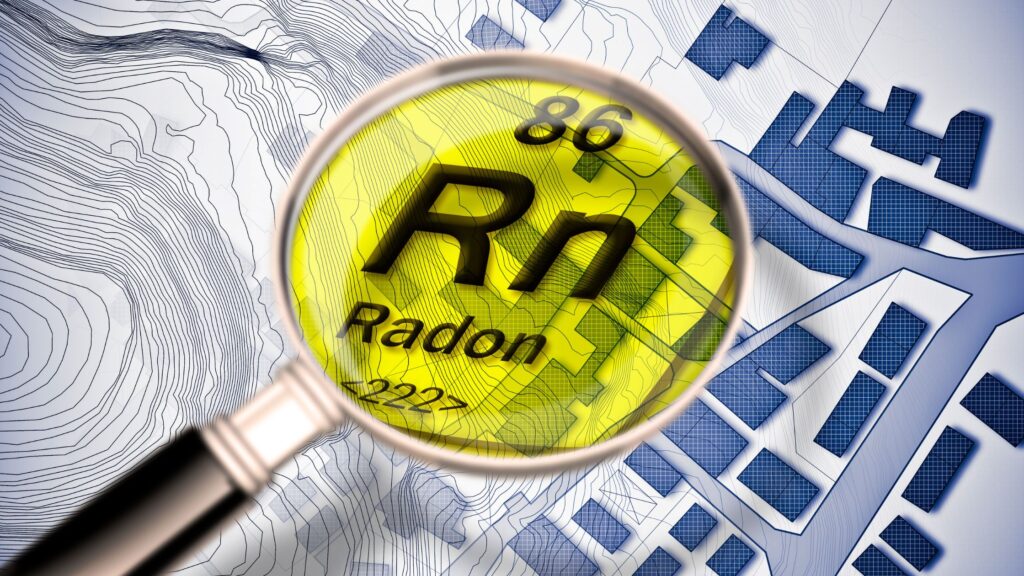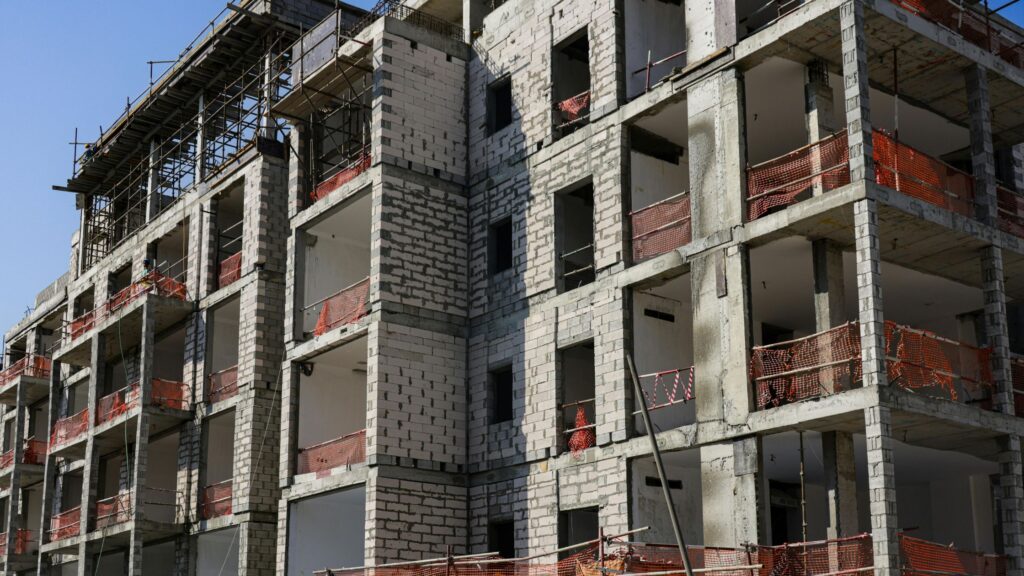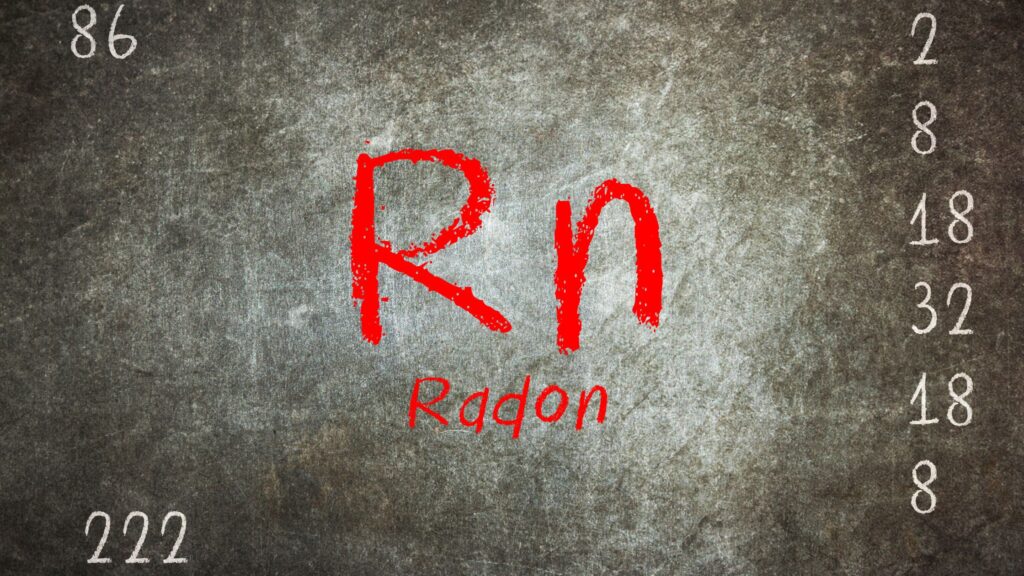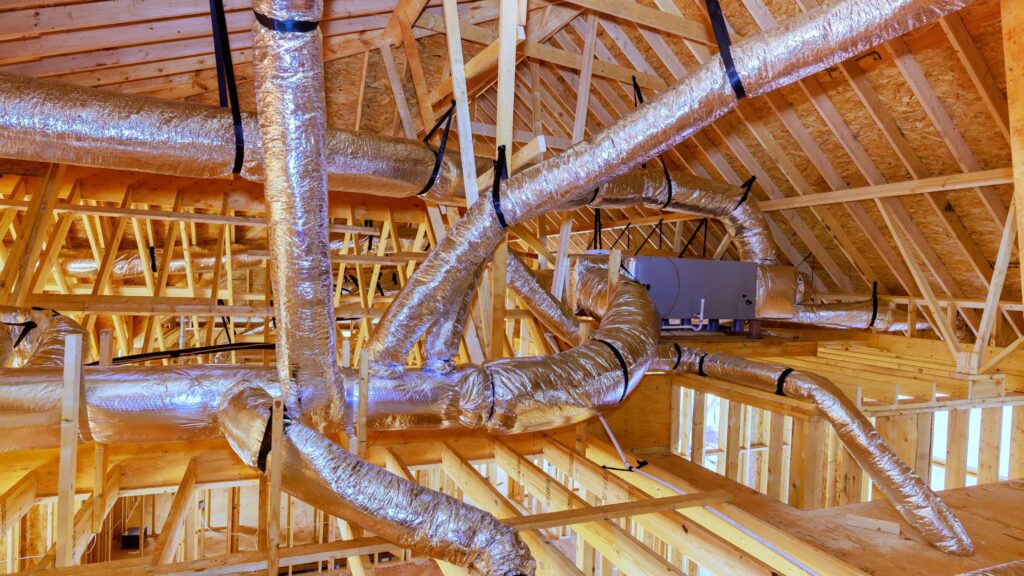Radon is a naturally occurring radioactive gas that is colorless, odorless, and tasteless, formed from the decay of uranium in soil, rock, and water. It can enter homes through cracks in floors, walls, and foundations, often remaining undetected for many years. Long-term exposure to elevated radon levels can cause serious health problems, with lung cancer being the most significant risk. Recognizing the first signs of radon poisoning is essential for early detection and timely action, helping protect both you and your family from potentially life-threatening consequences.

Understanding Radon Exposure
Radon exposure happens when this radioactive gas accumulates in enclosed spaces such as homes, offices, or schools. When inhaled, radon particles attach to lung tissue and emit radiation, gradually damaging cells over time. According to the U.S. Environmental Protection Agency (EPA), indoor radon levels above 4 picocuries per liter (pCi/L) are considered potentially dangerous. Even moderate levels of radon, if present over long periods, can substantially increase the risk of lung disease. Because radon is completely colorless, odorless, and tasteless, the only reliable way to detect it is through proper radon testing. Learn more about Understanding the Origins and Risks of Radon.
Early Symptoms of Radon Poisoning
Recognizing the first signs of radon poisoning can be challenging because early symptoms are often subtle or easily mistaken for common respiratory or health issues. Persistent or unusual symptoms may indicate prolonged radon exposure:
I. Persistent Cough – A continuous cough that does not go away and gradually worsens over time, potentially signaling irritation or damage to the lungs from inhaled radon particles.
II. Shortness of Breath – Difficulty breathing or feeling unusually winded during routine activities, which may indicate reduced lung function caused by prolonged radon exposure.
III. Wheezing – A noticeable whistling, rattling, or hissing sound when exhaling, often resulting from inflammation or constriction in the airways.
IV. Chest Pain – Discomfort, tightness, or sharp pains in the chest area that can occur intermittently or persistently, often linked to lung irritation.
V. Hoarseness – A raspy, strained, or unusually rough voice, frequently caused by irritation or inflammation in the respiratory tract.
VI. Frequent Respiratory Infections – Recurrent bronchitis, pneumonia, or other lung infections may reflect weakened lung health due to radon exposure.
VII. Fatigue – Persistent tiredness or lack of energy that cannot be explained by rest alone, often caused by reduced oxygen delivery to body tissues.
VIII. Mild Headaches or Dizziness – In some cases, long-term radon exposure can lead to mild neurological symptoms such as headaches or dizziness, caused by lower oxygen efficiency in the bloodstream.
If these symptoms continue without another clear cause, consulting a healthcare professional promptly is strongly recommended to rule out serious conditions and consider potential radon exposure.
Long-Term Health Risks
Long-term radon exposure can result in severe health problems. Lung cancer is the most critical risk, making radon the second leading cause of lung cancer in the United States after smoking. The risk increases significantly for smokers or those with prior lung conditions. Other potential health effects include chronic respiratory diseases, reduced lung function, and prolonged inflammation of lung tissues. Because symptoms may not appear for several years after exposure, early detection through testing is essential to prevent irreversible damage.
Importance of Radon Testing
Since radon cannot be detected through sight, smell, or taste, testing is essential to ensure safe indoor air quality. The U.S. Environmental Protection Agency (EPA) recommends that every home be tested for radon, regardless of geographic location, foundation type, or building age. Radon tests are available in two main types:
- Short-Term Tests – These tests measure radon levels over a period of 2 to 90 days, providing quick results that allow homeowners to understand potential risks and take prompt action if needed.
- Long-Term Tests – Conducted over 90 days or more, long-term tests offer a more accurate picture of average radon exposure, accounting for daily and seasonal fluctuations that can affect indoor levels.
If radon levels exceed 4 picocuries per liter (pCi/L), professional mitigation should be carried out immediately. Regular testing also allows homeowners to monitor changes over time, ensuring that previously safe levels remain within recommended limits and indoor air remains healthy.

Mitigation Strategies
Once elevated radon levels are identified, several effective strategies can help reduce exposure and protect your health:
A. Sub-Slab Depressurization
This method involves installing a vent pipe combined with a fan system beneath the home to safely draw radon gas from the foundation and release it outdoors, preventing harmful accumulation indoors.
B. Sealing Cracks and Openings
Closing gaps, cracks, and other potential entry points in floors, walls, and the foundation limits radon infiltration and helps maintain safer indoor air quality.
C. Improving Ventilation
Enhancing airflow inside the home through fans, vents, or other techniques dilutes indoor radon levels and improves overall air circulation.
D. Waterborne Radon Treatment
If radon is present in water sources, filtration, aeration, or other treatment systems can remove it before it enters the home.
E. Regular Monitoring
Continuously checking radon levels after mitigation ensures that the system remains effective and the indoor environment stays safe over time.
Hiring professional radon mitigation services can help assess the property, identify the most suitable solutions, and implement long-lasting measures to protect your home and family from radon exposure.

Conclusion
Understanding the first signs of radon poisoning is essential for early detection and effective prevention. Persistent respiratory issues, unexplained fatigue, and frequent infections can all indicate prolonged radon exposure, even if symptoms seem mild at first. By conducting regular radon testing and implementing timely mitigation measures, homeowners can significantly reduce health risks and safeguard their family’s well-being. For residents in the Des Moines area, Des Moines Radon provides comprehensive radon testing and mitigation services. Their skilled team ensures accurate evaluations, professional guidance, and efficient solutions to keep your home safe and healthy. Acting promptly not only protects your health but also provides long-term peace of mind for you and your loved ones.





